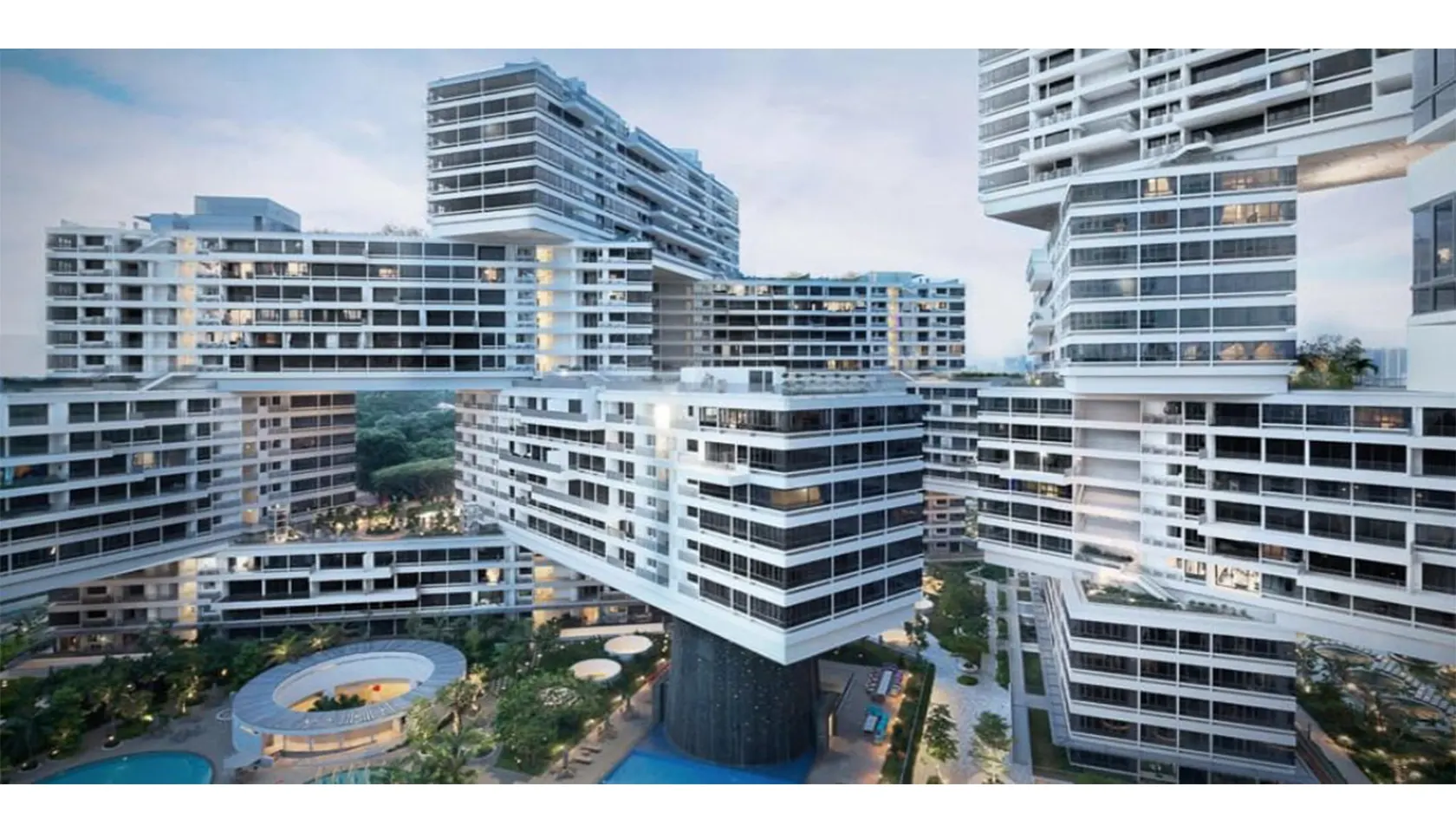Important Things to Know about Architectural photography

From Ancient Rome to the beautiful gardens of Amsterdam, from a village side home to the modern décor of a skyscraper, architecture is one of the unique forms of art that has been etched in the history of civilization. As architecture is a famous subject, so is architectural photography, because no two structures are the same and the same will not provide a similar image.
What Is Architectural Photography?
Architecture refers to the engineering, design, and building of manmade structures. Numerous architectural styles have emerged throughout the years, and each of them has dynamic expressions such as Brutalist, Modernist, Baroque, Neoclassical, Classical, Gothic and Romanesque.
While it’s easy to snap a picture of a building, it’s an art when it’s done by professional photographers. Architectural photography started in the 1870s, and the modernists of America became more popular in this art.
Styles of Architectural Photography
Architectural Photography has two types, interior, and exterior. Let’s discuss them in brief.
-
Interior Architectural Photography :
This refers to the photography of the building’s interior. This part is perhaps the most complex part of architectural photography. This is because the light from the window is never sufficient, and it requires artificial lights to make the pictures stand out.
-
Exterior architectural photography :
This means the photos of a building or structure from the outside. The exterior location has the benefit of sunlight, which makes it easy to snap the shots. Based on the climate, exterior architectural photography can bring dramatic results.
Best Equipment for Architectural Photography
There is the equipment you need for professional architectural photography. Take a look at the below points.
-
High-quality camera :
Professional architectural photographers use high-quality cameras to shoot the images, whether it’s outside or inside the structure. Mostly, a DSLR camera is required for such projects.
-
Tripod :
For long exposure to a structure a tripod is important. The result from a tripod will offer sharper and crisper images.
-
Additional flash :
DSLR cameras do have in-built flashes, but professional photographers use additional flashes, or long lenses to catch the best images. They also require a special umbrella to give better exposure to the subject.
-
High-quality camera lens :
The camera lens is very important for taking great pictures of structures. It will capture detailed shots of indoor and outdoor things.
Architectural photography a step-by-step guide
Once you have selected the exterior and the interior to photograph, now follow these step-by-step guidelines to create a great album.
-
Do some research :
Every structure has its story. You need to research that, make sure to know about its starting and finishing date. Also, if it has been renovated and if there are any other stories related to it.
-
Follow your instincts :
Your instinct will guide the architectural photography subject in the building. Look around, and see what thing catches your eyes. Once you have fixated on something, start from there.
-
Zoom in on the details :
Once you have finished the research, you have to notice the small details. Like the ceiling or the floor design. If there’s a small garden at the corner of the roof or one of the balconies. You need to look for the unusual things at first. It’s not that you are there to look for ghosts, because that will be unusual but irrelevant. If you are trying to promote the house or make a documentary you need to capture the essence of the place.
If you are taking photos in the interior, make sure to focus on the couch, the bookshelf area, the kitchen structure, and the bathroom too. These are the things customers would want to see and after that, they will decide to purchase them.
You can take several pictures from different angles. It will create a better impression on the house. Also, don’t forget the exterior of the building, because if this is a residential flat, people would want to know what type of locality they will move in.
-
Shots from a different angle :
You need to take a shot of the interior from a distance, and close. The same goes for the exterior. You can capture the shots from the road or the rooftop of the nearby building.
-
Capture the images of different times :
A building may look good in the daytime, but what about the night or on the rainy days? You need to play with the natural light as much as you can. Also, make sure to catch the images of the interior at different times.
Architectural Photography Techniques
Before starting with architectural photography, you can learn some techniques. Let’s learn them from the below points.
-
The position is important :
position is very important when you are snapping pictures of a structure. You need to place yourself and the tripod in a position from where you can get the perfect and detailed view of the subject.
-
Look for the dynamic shapes :
proper lines set against the sky will highlight the best of the structure, but you need to look for the dynamic shapes and the curves of the building to add better appeal to the pictures.
-
Find the light source :
You have to wait for the right amount of light for the photography session. If you are shooting outdoors, sunlight may not always guide you. So, you need to adjust the aperture and the shutter speed of your camera to capture the pictures at the right moment.
-
Change the camera settings :
As you know that each scene is different, you need to play with the aperture and the shutter speed of your camera. You can change the filter, to make it look brighter or darker. For this, you need to learn the various settings of your DSLR. Your client might want you to capture some pictures in low light, or some aesthetic ones, so you need to know how you can create the perfect photos. Even though you are shooting indoors and with artificial lights around, you have to play with the camera settings.
Why Choose foto360 for architectural photography?
foto360 is a renowned architectural photography company in India. If you need professional photographs of buildings, virtual reality, interior decoration, and other architectural sites, you must hire them for the best work. Check the services foto360 offer in architectural photography./p>
- Flat and warehousing photography- For real estate promoter photography done by Foto360kolkata
- Interior decoration photography- Furniture photography- Interior goods photography-Making Reels for Instagram and handling the social media.
- Drone Arial view photography-Campaign shooting-360 degree photography and virtual tour design-Creating completing virtual tour photography-360 degree photography.
- Virtual reality - 360-degree photography.
Check the official website of foto360, and hire the services for architectural photography. You can call the company, or send an email to get in touch.
Recent Posts
-
Benefits of Professional Photography ServicesMay 14, 2022
-
How to Choose Saree Photography in IndiaMay 08, 2022
-
Tips to Find The Best Kids Fashion PhotographerMay 02, 2022
-
Why photoshoot for online product is important?Mar 12, 2022
-
Pre-Wedding Photoshoot Agency in KolkataSept 15, 2021
-
Best Wedding Photography in KolkataSept 10, 2021
-
Top fashion and jewellery photographer in kolkataSept 07, 2021
-
Best Product Photography in KolkataSept 01, 2021
-
Amazon SEO agency and store management in KolkataJune 18, 2021
-
Best Wedding Photography Company in KolkataMay 04, 2021
-
Best Ecommerce photography service in KolkataNov 24, 2020
-
eCommerce product photoshoot Kolkata.Nov 22, 2020
-
Best E-Commerce Photographer In KolkataNov 20, 2020
-
Get the Best e-Commerce Cataloging Services In KolkataJuly 20, 2020
-
Explore the Amazing Photoshoot For Online ProductJuly 02, 2020
-
Choose A Reliable Lookbook Designing Service NearbyMay 26, 2020

